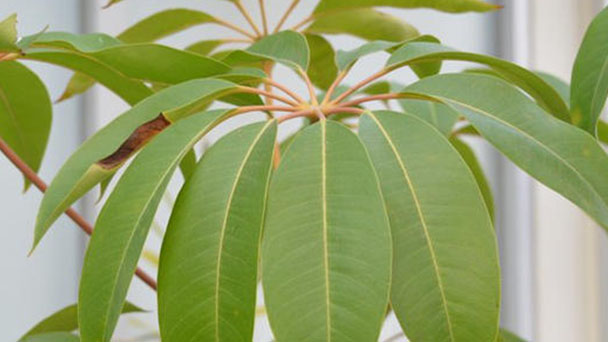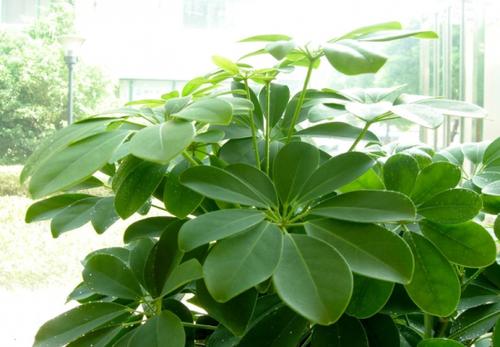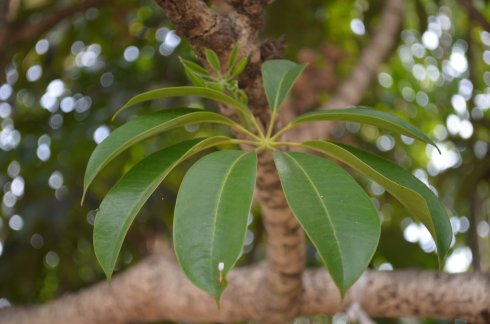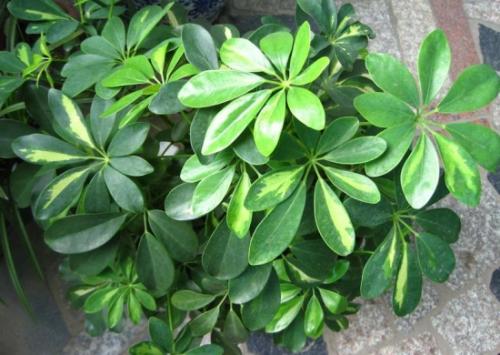How to grow Schefflera calyptratus
Written by Maggie
Oct 19 2021

Schefflera Calyptratus Originates from China, Myanmar, India, Vietnam, Bangladesh.It has activating blood detumescence, strengthening muscles and bones and other effects.So how is Schefflera Calyptratus farmed?What do we need to be careful about farming Schefflera Calyptratus?Please read along with me with questions!

Schefflera Calyptratus farming methods (Basic knowledge) :
Best time to breed: Schefflera Calyptratus cuttings take place in the spring.
Best growing soil: Schefflera Calyptratus uses peat soil, leaf rot soil with a little basal dressing or sand to cultivate.Ensure good air permeability and drainage of soil.
Humidity for growth: Schefflera Calyptratus prefers wet conditions, but is drought tolerant.
Best growth temperature: The average growth temperature for Schefflera Calyptratus is 15-25 degrees Celsius.Below 5 degrees Celsius, Schefflera Calyptratus will drop the leaves, usually we should pay attention to ventilation.
Best growth light: Schefflera Calyptratus is a semi-shade plant, so four hours of direct sunlight a day is enough.

Notes for breeding Schefflera Calyptratus:
Fertilizer application:
We mainly use a mixture of nitrogen, phosphorus and potassium as fertilizer for Schefflera Calyptratus. If it is a Mosaic species, the patches on the leaves will be less obvious if the nitrogen is more abundant and the light is less bright.
Watering points:
Water every 3-4 days in spring, summer and fall, but not too much. If the water accumulates, the roots will rot, but keep the soil moist.Water is reduced in winter, and the water temperature is best close to the soil.
Main points of pruning:
Schefflera Calyptratus generally does not need pruning, but if the leaves fall, the lower branches are lighter, and the upper branches can be cut off to facilitate the germination of new branches.What is cut can also be re-cut.

Read Next: Schefflera Propagation Methods
Latest Updated
- Benefits of Bugleweed - 7 Science-backed Health Benefits
- Bugleweed Dangers & Side Effects - Is It Poisonous?
- How to Plant Evergreen Trees - What You Should Know
- When to Plant Evergreens - Grow Guide for Evergreen Trees
- 12 Wonderful Evergreen Shrubs for Your Garden
- 12 Popular Evergreen Plants with Pictures for Beginners
- When And How To Prune A Lilac Bush Like a Pro
- How to Grow & Care for Lilac Vine (Hardenbergia Violacea)
- Japanese Lilac Tree (Syringa Reticulata) Care & Propagation Guide
- Shumard Oak Pros and Cons - What to Know
Popular Articles
- Winter maintenance of Antirrhinum Majus
- How to Grow Terminalia Mantaly Tree
- How to Grow and Care for Crossostephium Chinense
- How to grow Antirrhinum Majus in spring
- Peristeria Elata (Dove Orchid) Profile: Info & Care Guide
- Underwatered Snake Plant (Sansevieria Trifasciata) - Signs And How To Fix
- How to Care for Brazilian Jasmine Plant (Mandevilla Sanderi)
- How to Grow & Care for Graptopetalum Purple Delight in Summer
- Rosa Chinensis (China Rose): Plant Growing & Care Tips
- How to Care for Baby Sun Rose (Aptenia Cordifolia)